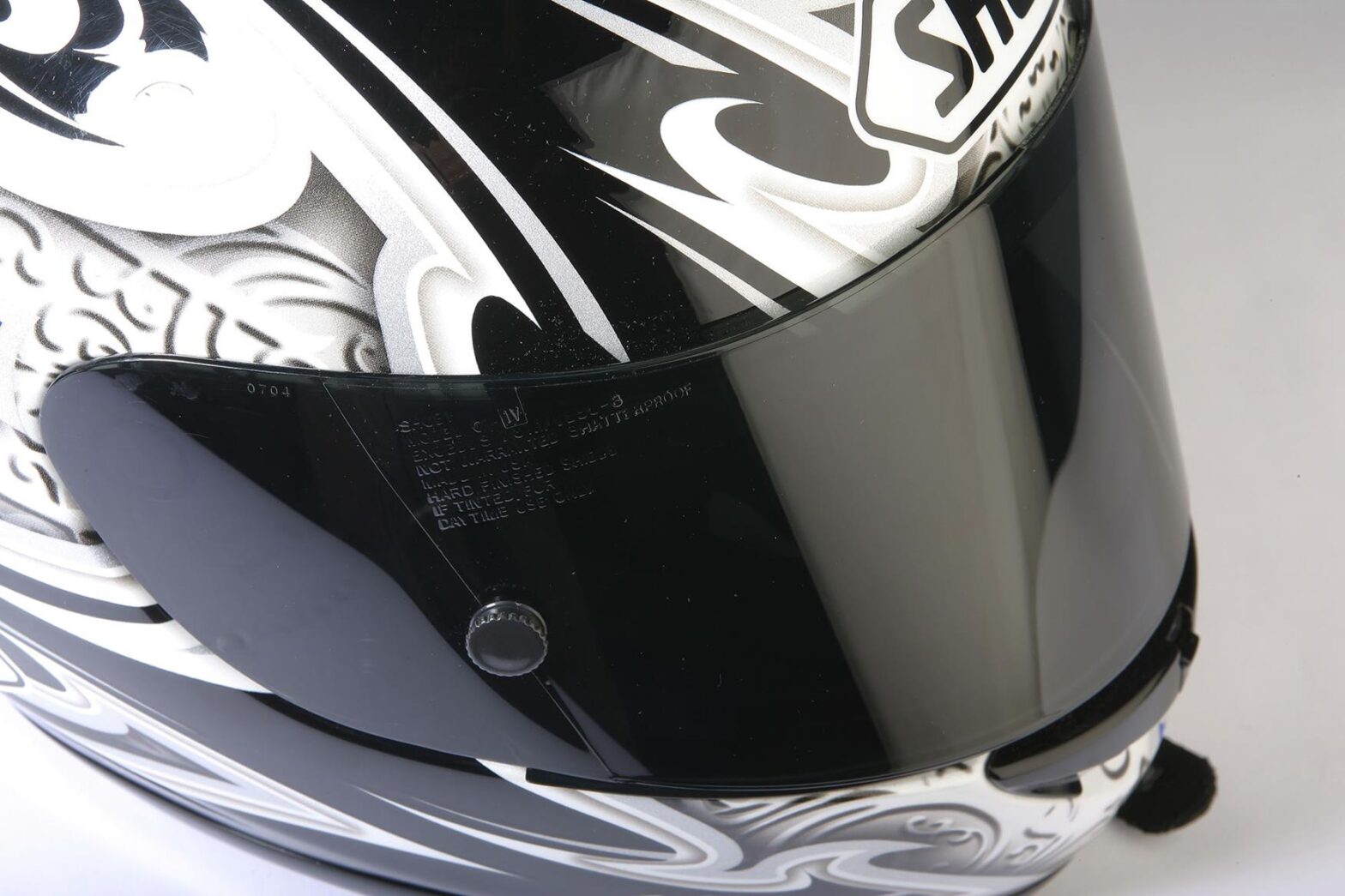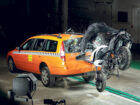When the sun comes out it’s more tempting than ever to get the bike out and go for a blast. But there seems to be some confusion over the law in terms of tinted visors, fear not, we’ve cleared it up for you.
What certification does my visor need
If you ride with a visor or goggles they must either meet a British Standard and display a BSI Kitemark or meet a European standard offering at least the same safety and protection as the British Standard and carry a mark equivalent to the BSI Kitemark (UNECE Regulation 22.05).
How dark can my visor be
During daylight hours a tint of up to 50% is ok according to official Government guidance. Legal tinted visors will be marked “For daylight use only”. Before setting off, make sure your visor is clean and free of smudges, scratches or marks which could affect your vision, especially in strong sunlight.
How is it policed
It is largely down to different police forces’ and officers’ discretion as to whether or not to pull over and speak to someone riding in worsening light with a dark visor. However, recently MCN reported on a new tint testing device obtained by Cheshire Police’s motorcycle unit to check visors are adhering to the current laws.
If an accident happens, investigations into the visor are often commenced by the investigating officer.
Insurance companies will also take note with the aim of potentially reducing the value of any claim, for example if the tinted visor in poor light was a contributing factor.
Police use a machine called “TintMan” which tests how much light goes through the visor.
Dark, as opposed to mildly tinted, visors will not meet the required standard and you risk being charged with a Section 18 offence (Road Traffic Act 1988) and if you are riding in fading light or even in darkness with a dark visor you could risk a charge of careless or even dangerous driving risking a ban, fine and even having to retake your test.
We would suggest that if you intend to ride with a tinted visor you always take a clear one as well should the light change to avoid potential problems with the police.

What about riding at night
As always, it’s good to use common sense, if you are riding at dusk or in darkness with a dark visor you will have committed an offence under Section 18 of the Road Traffic Act 1988 and you could find yourself facing a charge of dangerous driving.
‘Riding at night with a dark visor falls so far below the standards of a reasonably prudent driver that the mere fact of riding at night with barely any vision would be dangerous riding, which leads to a mandatory one year ban and a compulsory retest for all classes of licence.’
Andrew Dalton, Bike Magazine, March 2016 issue.
Riding in hot weather
MCN have compiled an article covering everything else you need to consider when riding in a heatwave, check it out to make sure you get the most from the summer.
This article was written by Andrew Campbell, a Solicitor at Bikelawyer Motorcycle Accident Solicitors with additions from the MCN Compare team.
Andrew is MCN’s Legal Expert and has authored the MCN Law column for more than 10 years.







